
Patients along with their family members and even neighbors had the opportunity to enjoy Spring Break at an event hosted by The Center for Children and Women that included tons of family fun open to the community. The Center invited families to take part in over-the-top entertainment all while picking up a few health and wellness tips to get kids through the remainder of the school year.
The Center introduced this event about 5 years ago targeting physical fitness strategies and goals for children. This year they decided to bring this family affair back for Nutrition month.
“We have a lot of tips on nutrition, some on healthy snack options, along with resources that perhaps they would not have known about if they had not attended this event,” Marketing Manager at Texas Children’s Health Plan, Veronica Arzayus said. “We also welcome the opportunity for the community to see the Center and all the wonderful services that it offers while enjoying the festivities. This is definitely something that you would want to take your kids to in a safe and comfortable environment.”
This two-weekday event was held last week at The Center’s Greenspoint location on Wednesday and at the Southwest location on Friday. Despite unexpected rain and thunderstorms on the first day, according to The Health Plan, over 500 attendees flooded The Center as activities were brought inside.
Events such as this are important as one of our system-wide operational goals focuses on childhood obesity. The goal is to help prevent diabetes, high blood pressure, and high cholesterol in children, and promote a healthier lifestyle overall.
“It is important to shine a positive spotlight on healthy nutrition, activity, exercise, etc., all while engaging with the community in a meaningful way,” Vice President of Texas Children’s Health Plan, Tangula Taylor said. “I think that’s part of us giving back, helping, assisting, partnering with our community, the families that we serve to share healthy lifestyle options and alternatives that can have an impact on their overall quality of life.”
Along with providing educational material on nutrition, thanks to the corporate sponsors of the event, The Houston Food Bank, the Houston Dynamo, corporate partners, The Children’s Museum of Houston and Boys and Girls Clubs of Greater Houston, and community partner Kids Meals, there were also food and activities for the entire family to encourage exercise and healthy eating habits.
Other activities included, mini Zumba lessons, music and fun performances with a live DJ, face painting, an inflatable obstacle course hula hoop/ jump rope competitions, and a healthy snack tasting challenge.
With a total of over 800 participants for both days this year, The Center is excited to see this event continue annually.
“I’d like to see it grow. When you have an event such as this, you want it to be successful in terms of the number of participants, target audience, and then, once it’s successful, you want it to grow,” Taylor said. “We want to connect with more families, tell them about the Health Plan and the Center and ultimately be a partner for them along their health and wellness journey.”








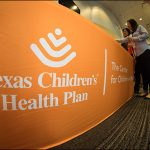




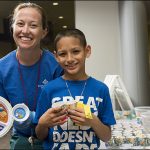





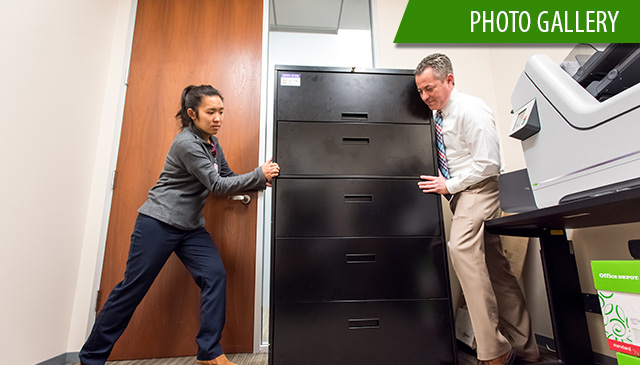




















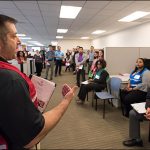


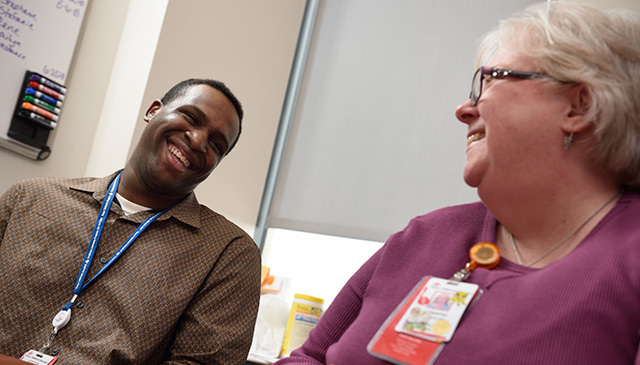
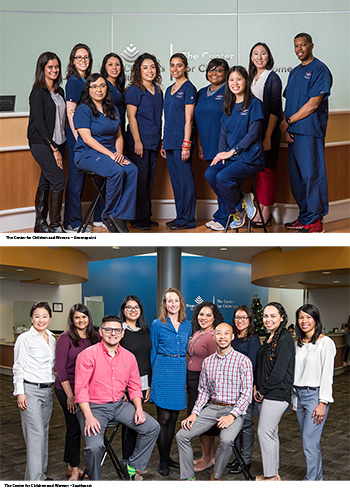
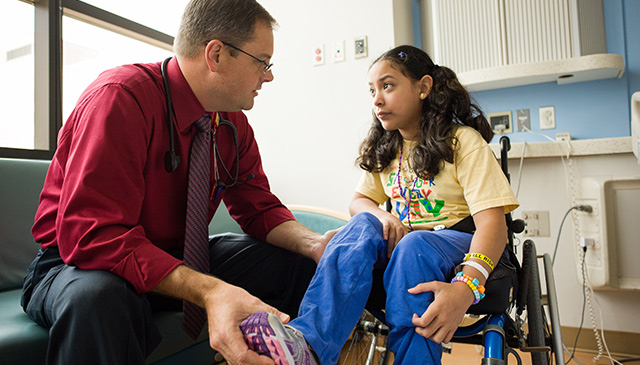 At Texas Children’s, we feel strongly that it is our responsibly to educate patients about the health plans we are in network with and how they can access our expert care. Therefore, we want to make sure Amerigroup members are aware that Texas Children’s is not a participating provider with Amerigroup. Those patients have the right to change health plans to ensure continuity of care.
At Texas Children’s, we feel strongly that it is our responsibly to educate patients about the health plans we are in network with and how they can access our expert care. Therefore, we want to make sure Amerigroup members are aware that Texas Children’s is not a participating provider with Amerigroup. Those patients have the right to change health plans to ensure continuity of care.



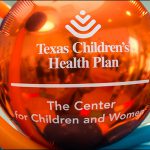


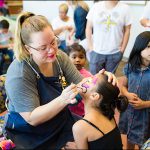









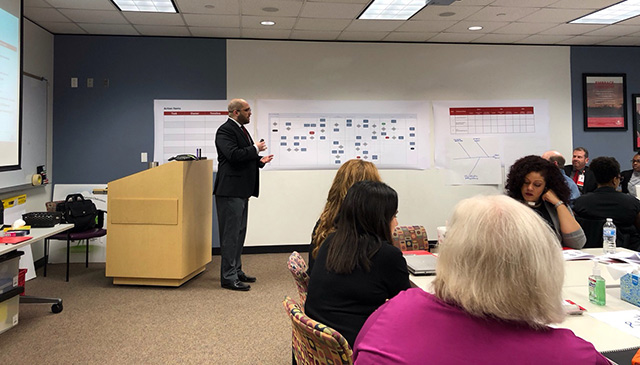 Over the course of a two-and-a-half-day meeting in late February, 18 Texas Children’s system leaders came together to strategize streamlining business operations between Texas Children’s Hospital and the Texas Children’s Health Plan. Led by Lou Fragoso, president of the health plan, and Richelle Fleischer, senior vice president of Revenue Cycle at Texas Children’s Hospital, the group worked to challenge business as usual, with an eye toward transforming how the system runs.
Over the course of a two-and-a-half-day meeting in late February, 18 Texas Children’s system leaders came together to strategize streamlining business operations between Texas Children’s Hospital and the Texas Children’s Health Plan. Led by Lou Fragoso, president of the health plan, and Richelle Fleischer, senior vice president of Revenue Cycle at Texas Children’s Hospital, the group worked to challenge business as usual, with an eye toward transforming how the system runs.